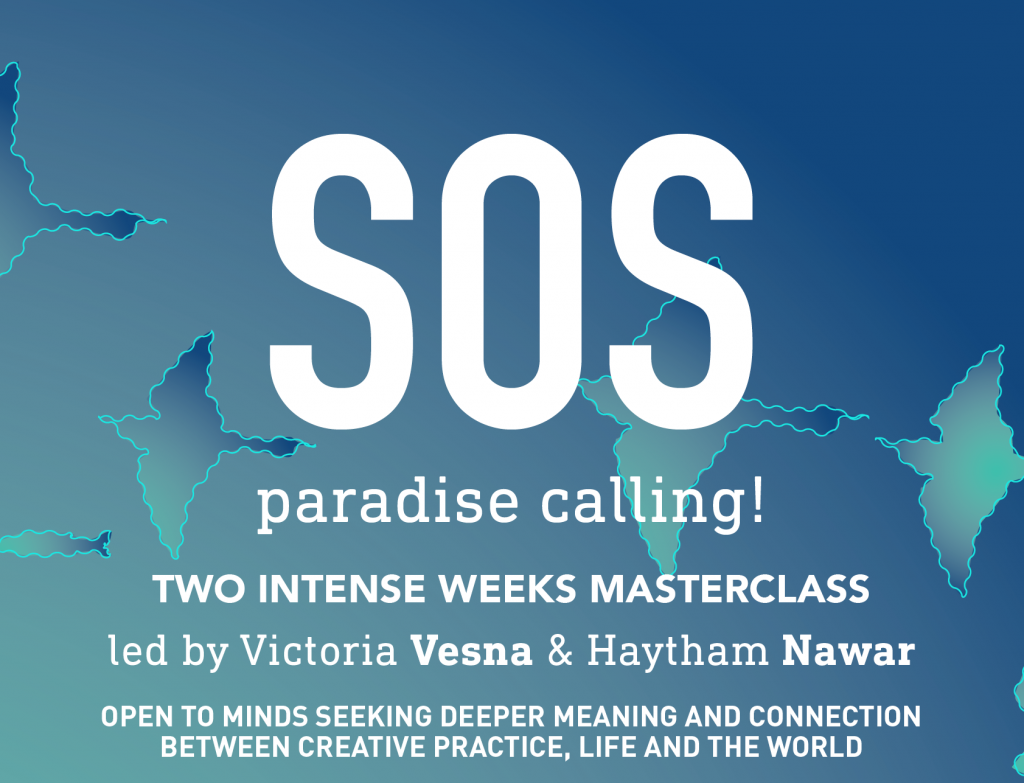Helios the Elemental
Photography master class,Led by Enrique Verdugo

Fundaments of analogue photography • Introduction to the analogue camera • Exposure and taking light readings • Shutter speed settings and movement • Apertures (f-stops) and depth of field • Creative approaches to photographing different subjects • Shoot black-and-white film (ISO. ASA) • Composition and lighting.
Introduction to basic darkroom skills:• Processing film from the previous days, making a contact sheet • Preparing and mixing developers, temperature versus timing • Washing and drying • Analysing negatives in the light box • The equipment and how it works.
Making prints: • introduction to how enlarger work • Negatives papers and filter grade • Timing • Making first print test and visualizing final print • Dodging and burning.
Exhibiting at the Ionion Center
Venue : Ionion Center for the Arts and Culture & sites in the island of Kefalonia.
Dates Session 1: September 7th – 13th 2020
Session 2: September 15th – 21st 2020
Location: Greece, Island Kefalonia.
Opening date for applications: June1st 2020
Deadline for applications: July15th, 2020
Deadline for completion of submissions/final participations: August 5th 2020
Eligibility : Open to all and to Photography and film interested
Application by e-mail : info@ionionartscenter.gr /or/ ionionartscenter@gmail.com
Academic support : info@ionionartscenter.gr
Information, terms, conditions, fees : info@ionionartscenter.gr
Side activities: Exploration of Kefalonia’s lights and surrounds, included natural formations, sites of interest, beaches, museums, traditional dancing nights and events.
www.ionionartscenter.gr https://www.ionionartscenter.gr/2020 master-classes.
The program will be advanced in collaboration with the ECOTRAVEL KEFALONIA : https://ecotravel-kefalonia.com
About Enrique Verdugo:
Enrique Verdugo is a photographer and filmmaker who lives and works in London. He was born in Santiago de Chile.
He holds a degree in Photography from Arcos Institute in Santiago de Chile and a Masters degree in Film Making from Kingston University in the UK.
Enrique is a freelancer and works with editorial, and architectural practices. His work includes a variety of commissions as well as creative educational projects. He collaborates with diverse artists, as well as on his own projects.
His work in photography and film is mainly on location. Subjects vary
from abandoned architecture and industrial spaces such as in his series ‘Echoes and Deserts’, to experimentation in portraying ‘time and motion’ using the human body as a canvas in his ‘Body and Flux’ series.
Enrique was shortlisted for the ‘Hariban Award’ in Japan in 2019. He is currently working on two self publishing projects, as well as producing a feature length documentary film about water and politics in his native Chile.
Video & photographic works: http://enriquever.com/ https://vimeo.com/enriqueverdugo





